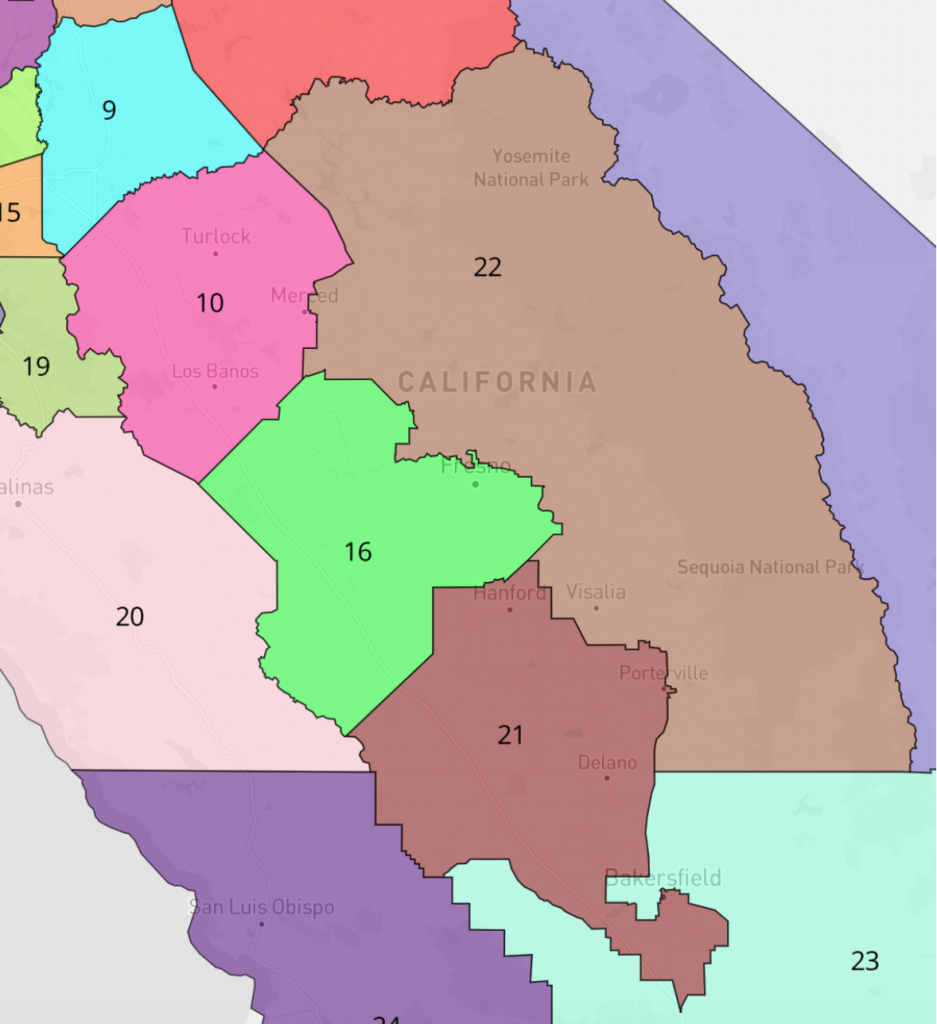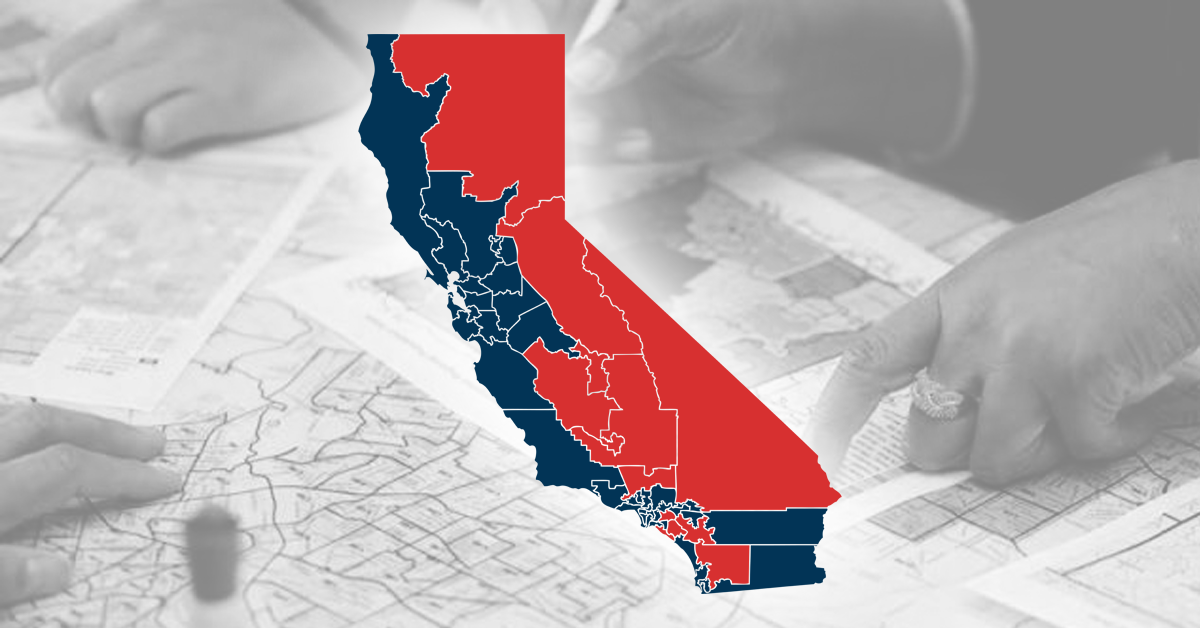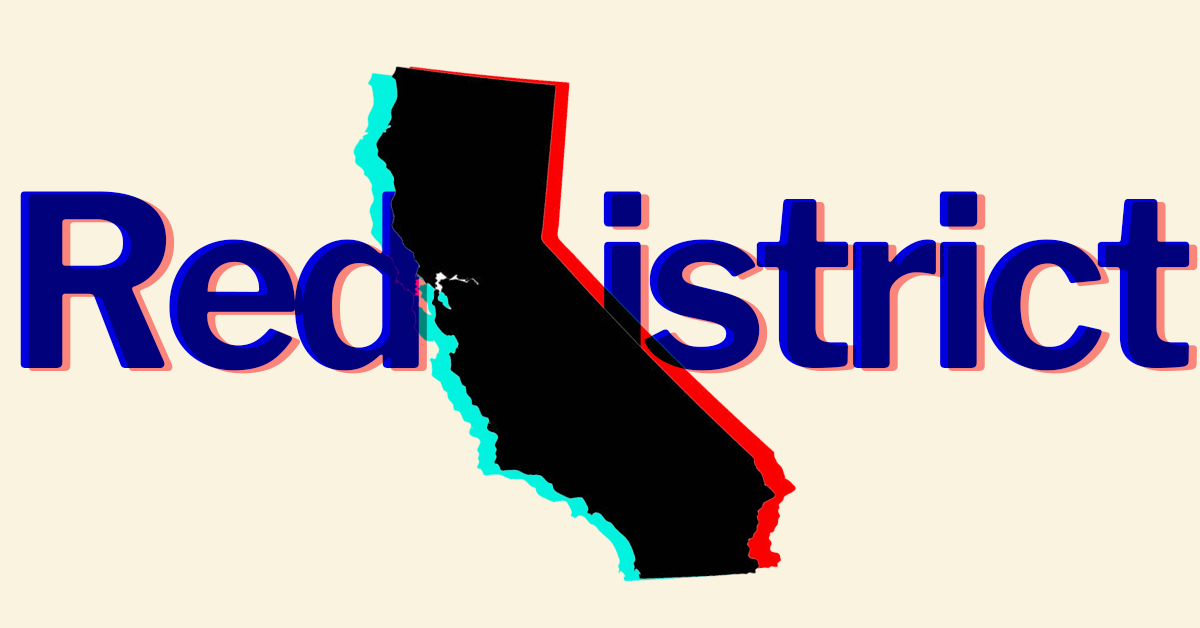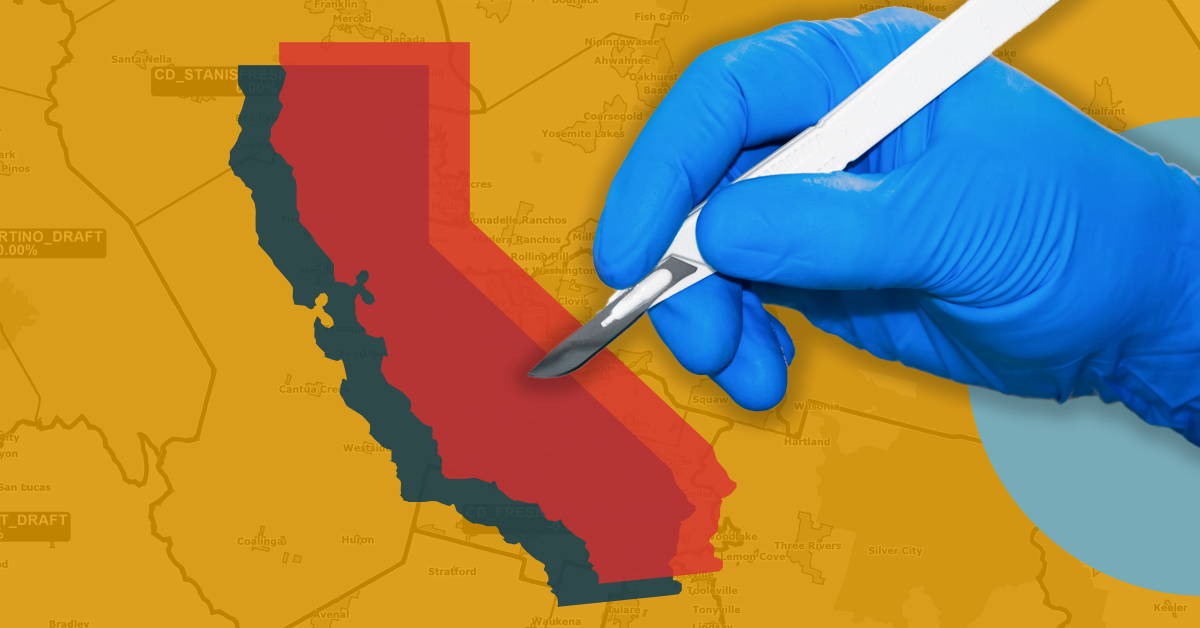Though the 2020 U.S. Census was delayed due to the coronavirus pandemic, reapportionment, or a redrawing of political boundaries, waits for no one.
Notably, California may be forced to lose a representative in Congress for the first time since it was admitted into the union.
California’s population growth has stagnated – even shrunk – in recent years, meaning the nation’s most populous state might not have 53 members in the House of Representatives moving forward.
The Cook Political Report – an independent, non-partisan political handicapper – previewed the outlook for redistricting in California.
Currently, California has 42 Democrats and 11 Republicans, and the Report estimates that California will lose one seat in Congressional Apportionment to total 52 representatives. Depending on the census results, California could even drop two seats to 51 or remain at 53.
Whatever the total ends up being, the 2020 Citizens Redistricting Commission will draw the new district lines.
The 14-member commission was formed by Proposition 11 (the Voters FIRST Act) in 2008 to draw the district lines for the State Senate and Assembly. Proposition 20 added Congressional district boundaries to the commission’s plate in 2010.
The commission is comprised of five Democrats, five Republicans and four individuals who do not belong to either party.
Here’s a look at the current district lines, which the Commission drew a decade ago:
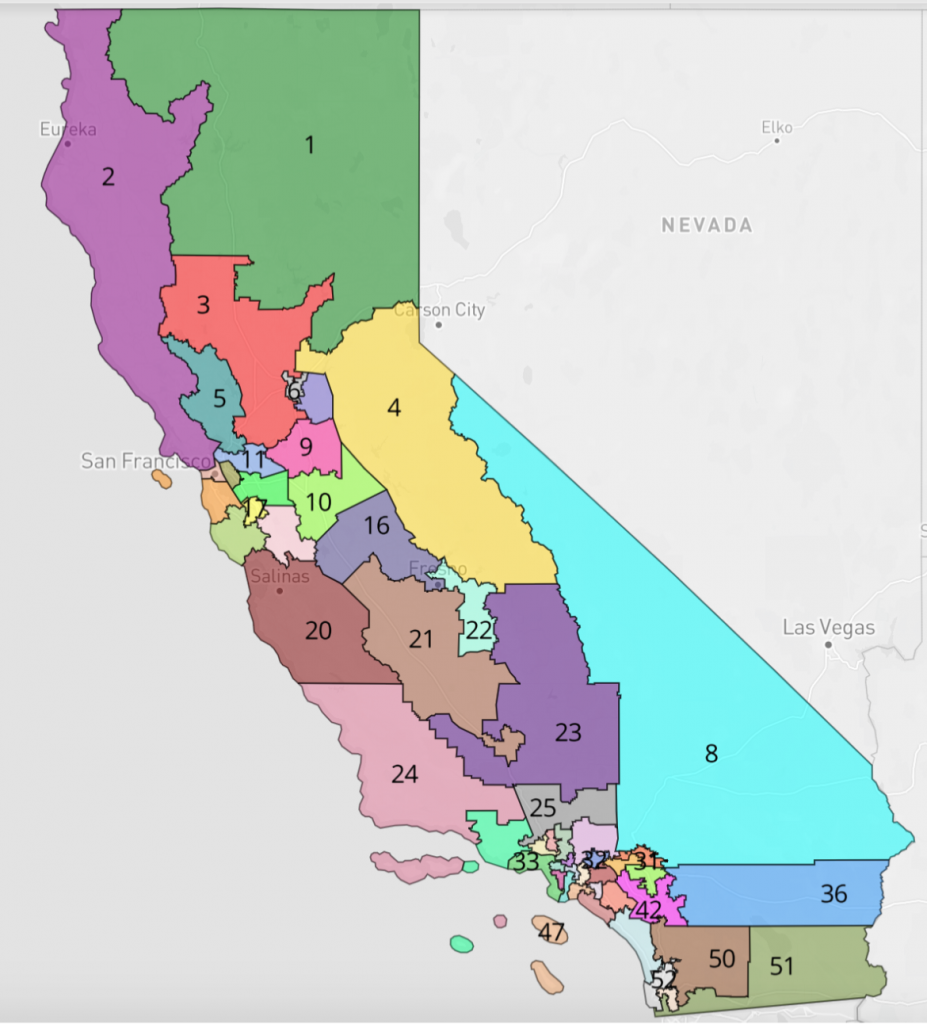
However the commission decides to draw the new lines, Cook targeted Los Angeles County as the most likely region to lose a seat – assuming California’s apportionment drops to 52.
Recent population estimates suggest that Los Angeles County has enough people for 13.2 of 52 districts, while in 2010 it had a population to carry 14 of 53 districts.
A potential seat loss in Southern California would likely have a domino effect on the rest of the state as the lines would have to shift to compensate.
The team with Cook Political drew a potential map that the Commission could produce:
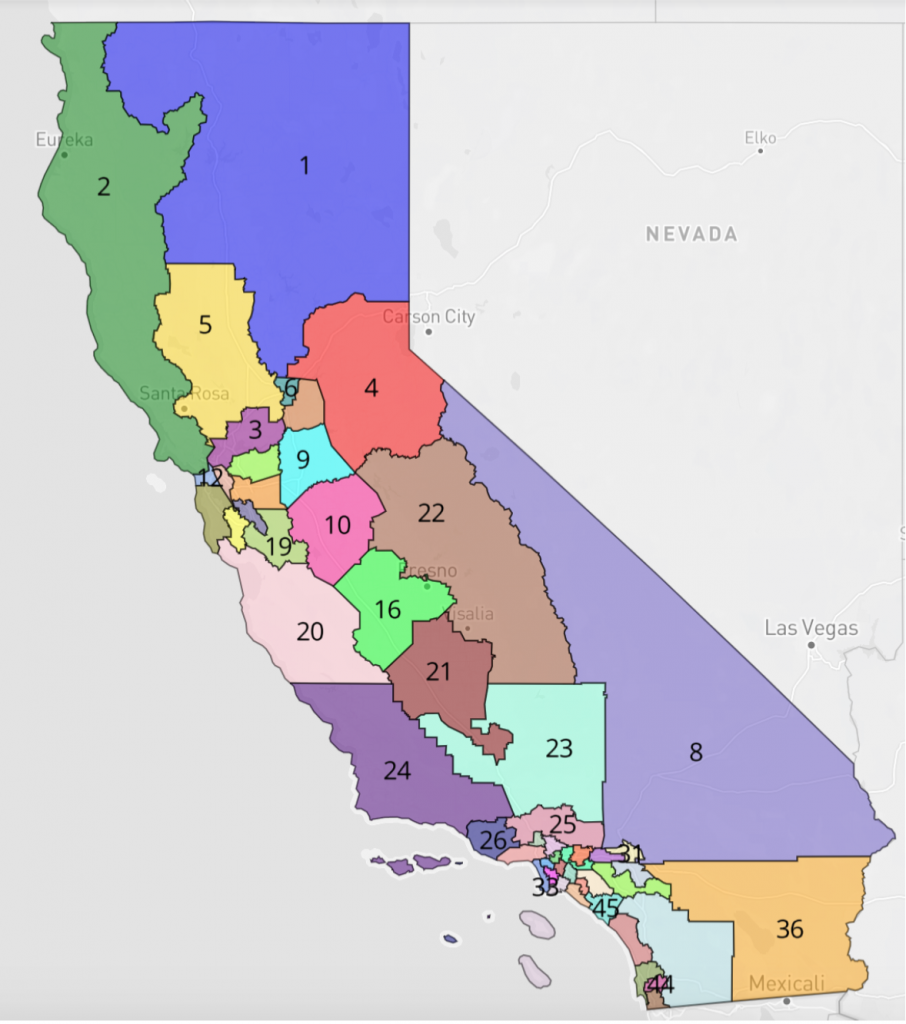
In this case, the Central Valley districts would look quite different than they presently do.
District 22, currently held by Devin Nunes (R–Tulare) would maintain its population base in Visalia, north Fresno and Clovis while expanding to cut into Tom McClintock’s (R–Elk Grove) District 4 in the north and Kevin McCarthy (R–Bakersfield) in the south.
Nunes and McCarthy would likely maintain their strong positions as their areas would remain majority Republican.
Jim Costa’s (D–Fresno) District 16 would shift south to cover more of western Fresno County, while David Valadao’s (R–Hanford) tightly-contested District 21 would lose its portion of Fresno County but maintain its reach into Bakersfield.
District 16 would join District 21 in being a Latino majority seat, leading the Report to presume a Latino would be more likely to replace Costa when he eventually retires.
Valadao’s reelection hopes could be bolstered by this move as his district would pick up more of Tulare County and add some Republican voters to the majority Democrat district.
In the northern end of the Valley, Josh Harder’s (D–Turlock) District 10 would cover most of Stanislaus and Merced Counties. The Report suggests that Harder’s seat would become “a few points bluer.”
Here’s a closer look at how Cook Political suggests the Central Valley lines could be drawn:
